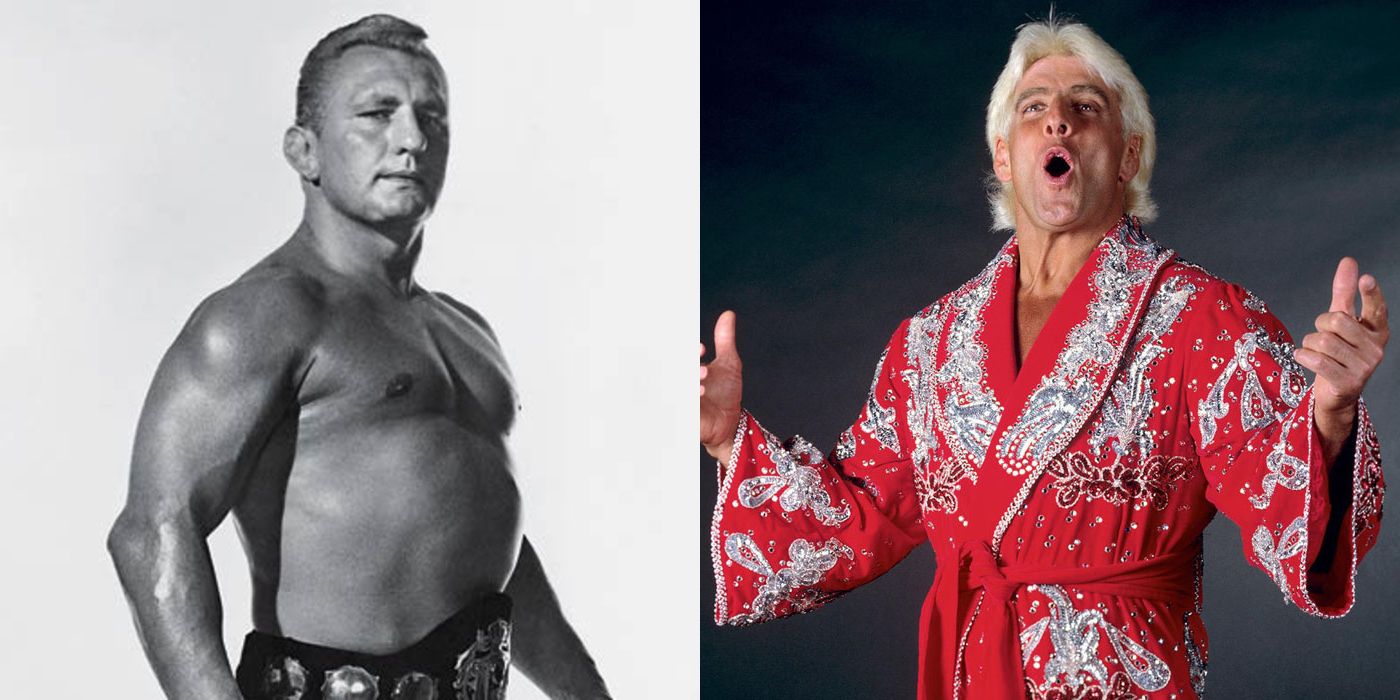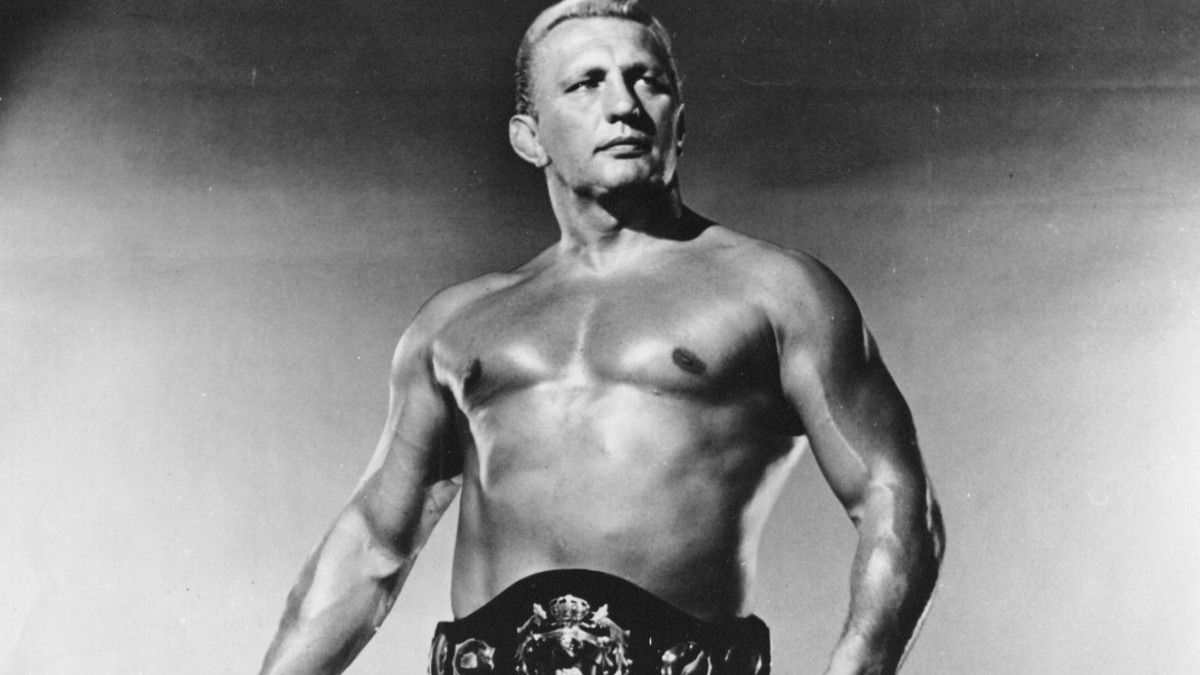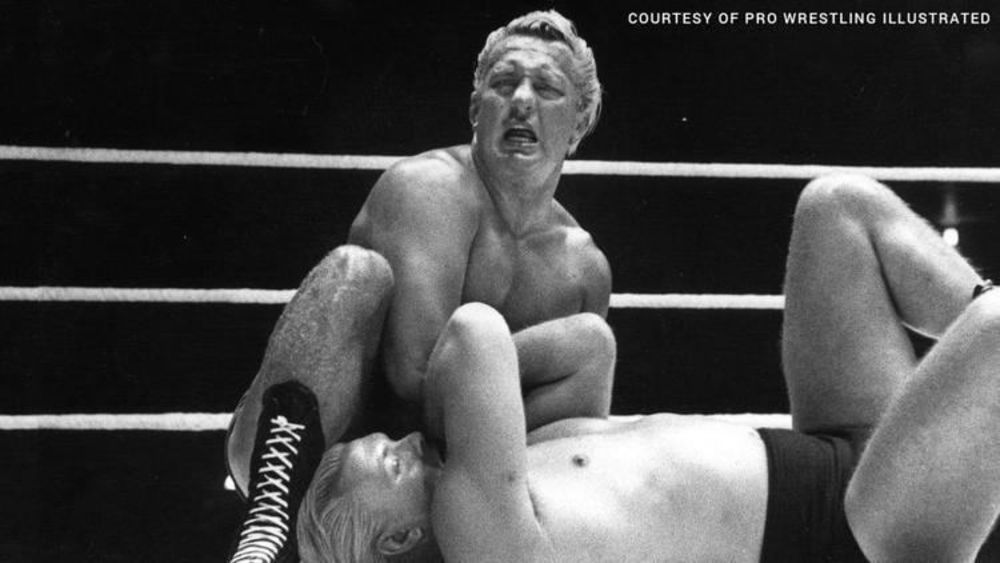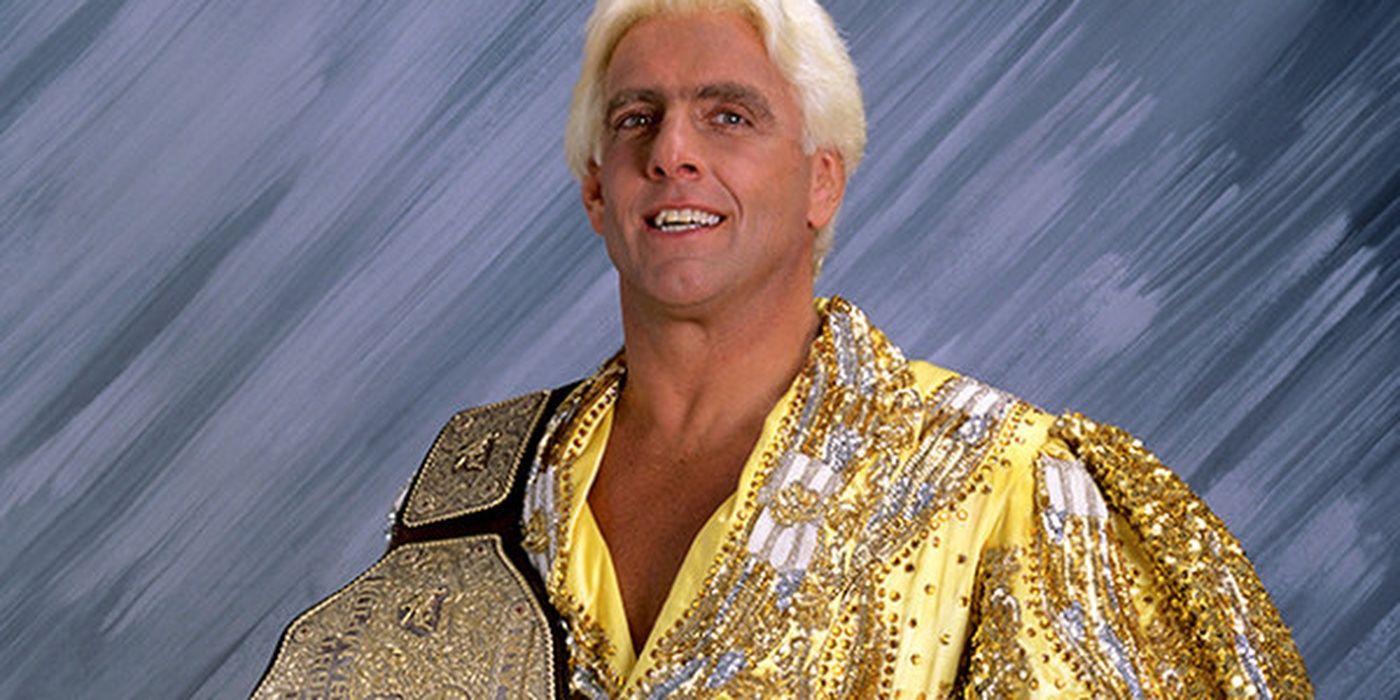Quick Links
When professional wrestling fans hear the name "Nature Boy," one wrestler comes to mind - Ric Flair. However, Flair isn't the only Nature Boy in wrestling history, and he wasn't the first. While Flair was the most successful, he owes his nickname and much of his wrestling gimmick to the original Nature Boy, Buddy Rogers.
Ric Flair was a 16-time world champion according to WWE, although he won more than that when all his world titles are taken into account. However, that doesn't discount Rogers, who himself was a 13-time world champion. He is one of only three people to hold both the NWA and WWE world championship belts, alongside Ric Flair and AJ Styles.
Who Was The Original Nature Boy, Buddy Rogers?
Nature Boy Buddy Rogers began his wrestling career in 1939, 10 years before Ric Flair was even born. He started off wrestling as a child for the YMCA before moving on to work as a circus wrestler when he turned 17. When he was 18, he wrestled his first match as a professional wrestler and won over a man named Moe Brazen. This led Rogers to become a top star, even going on to beat the legendary Ed "Strangler" Lewis. He then moved on to become one of the top champions in the world, winning the NWA World Championship from Lou Thesz.
By the 1950s, he developed his professional wrestling gimmick of The Nature Boy Buddy Rogers. With wrestling getting television time, he bleached his hair blonde, wore robes to the ring, and exhibited a flamboyant, arrogant personality, often strutting in the ring. He even developed a great finishing move in a submission hold called the Figure Four Leg Lock. Rogers soon gained even more power and began working as a booker in the Midwest. In 1961, the NWA put the NWA World Championship on him, and he beat Pat O'Connor in a match that held professional wrestling's record for the highest attendance for over 20 years.
Buddy Rogers Was At The Center Of WWE Leaving The NWA
There was a lot of drama between Buddy Rogers and Lou Thesz over their career. Both men politicked a lot to hold the world title, but Thesz held the most power. In 1963, Thesz beat Rogers for the NWA World Championship, but Vince McMahon Sr. did not agree with this decision. As a result, McMahon withdrew from the NWA and started his own promotion separate from them, called the WWWF. He then ignored the title change and named Buddy Rogers as the first-ever WWWF World Champion.
This makes the original Nature Boy the first champion to hold the title that later had men like Hulk Hogan, Stone Cold Steve Austin, The Rock, John Cena, and now Roman Reigns as the world champion. Rogers only held the title that one time, for 22 days, before losing it to Bruno Sammartino. After this loss, he only wrestled part-time for the rest of his life.
Ric Flair Becomes The New Nature Boy
"Rogers was the first great worker who came up with the spots and sequences as he called them," Jim Cornette said of the Nature Boy in his Jim Cornette Experience podcast. "Everybody, all the bleached-blonde guys in the 50s, the Fargos to the Grahams, everyone was inspired by Buddy Rogers, all the way to every bleached-blonde heel ever in wrestling, to everybody that ever begged off, or everybody that ever did a lot of high spots like Flair. A lot of that started with Rogers. The heel-ish interview didn't start with Rogers, but the strut and the whole charismatic package kind of did." Cornette also revealed that the move today where someone is thrown into the ropes and then drops, while their opponent leaps over them, was originally created by Buddy Rogers.
When Ric Flair began wrestling, he was far from the Nature Boy that fans know today. He was slightly overweight and was a generic wrestler. However, after the plane crash that almost killed him, Flair worked hard on his comeback and then returned to soon develop his new gimmick as the Nature Boy. Just like Rogers, Flair bleached his hair blonde, wore colorful robes, strutted in the ring, and used the Figure Four as a finisher. While fans might see it as Flair copying an older star, this led to 1979 when Buddy Rogers showed up in Crockett Promotions and began a feud with him over the gimmick. Rogers put over Flair and the new Nature Boy became The Nature Boy.
Nature Boy Buddy Rogers' Legacy In Professional Wrestling
In his Wooooo Nation Uncensored podcast, Ric Flair revealed how he became the new Nature Boy. "George Scott came to me, who never gets enough thanks and enough gratitude from me, as George Scott was the booker. He knew Buddy real well. He said, 'Ric, I think we should try something with you, where you could pattern yourself a little bit after Buddy Rogers. Just polish your work up.' I could never look like Rogers. Rogers had one of these incredible physiques, and he could do the strut better than any of us have ever thought of doing it. What Buddy's claim to fame is that he was the first guy to ever do high spots... I never saw footage of him until later on after I became The Nature Boy." Flair also said that Rogers had guys with him, managers and bodyguards and lower-level guys, who surrounded him and put him over as the top guy in the territory, something that sounds suspiciously familiar to the Four Horsemen. Flair went on to say that Harley Race once said, "Flair took Rogers stuff to a whole new level."
Rogers had a little left in his tank and he almost had a feud with a third Nature Boy. Buddy Landell began using the gimmick in 1985 and feuded with Ric Flair in Crockett Promotions before he ended up fired after a falling out with the bookers. Landell moved on to the Global Wrestling Federation in 1991, and it was there that he was going to wrestle a 70-year-old Buddy Rogers. Sadly, the GWF folded before the match could happen and Rogers died a few short months later. In 1994, WWE posthumously inducted Rogers into the second-ever WWE Hall of Fame class, one year after Andre the Giant was the only nomination for the inaugural class.




